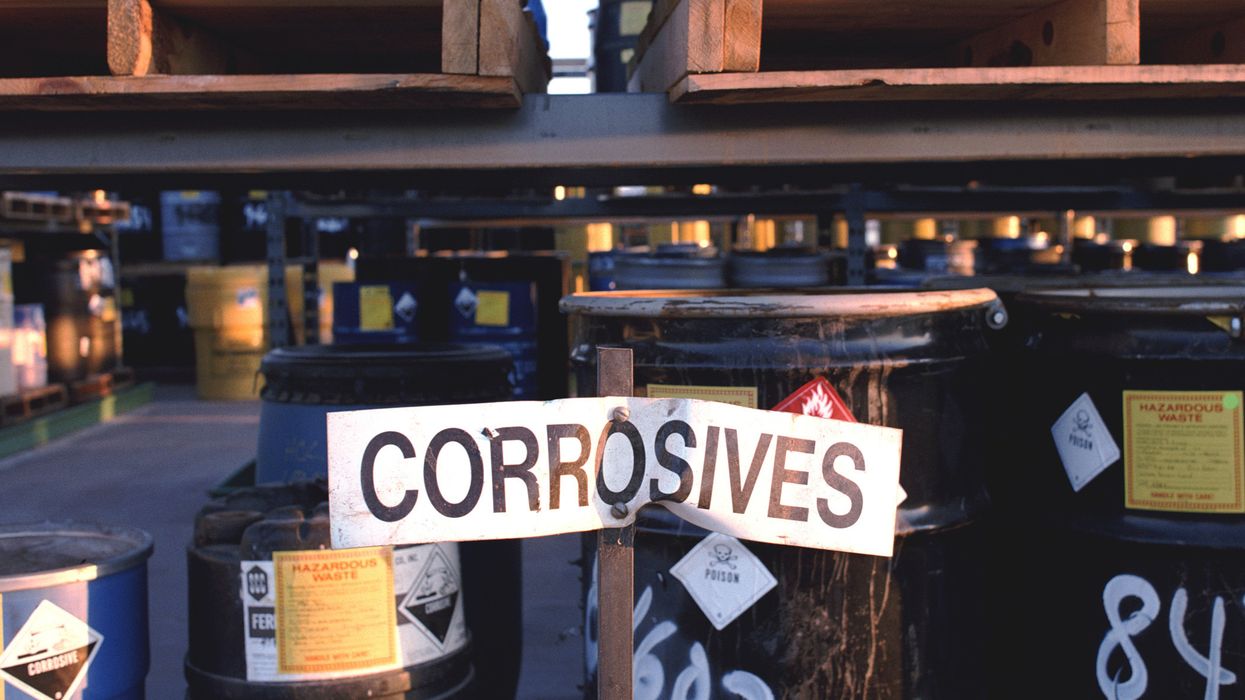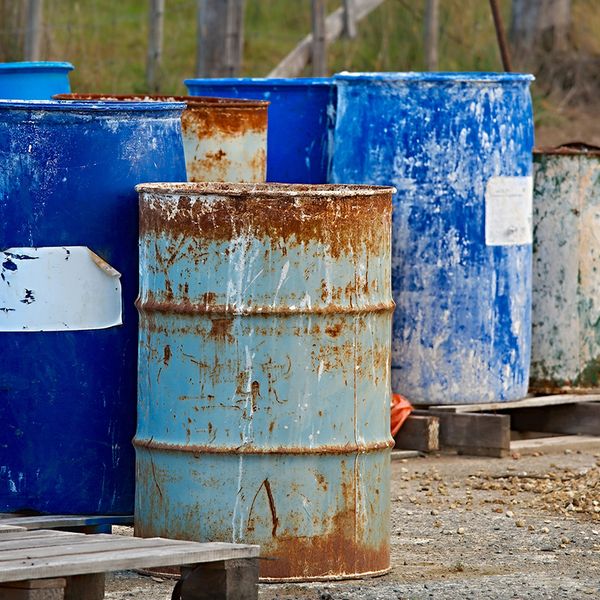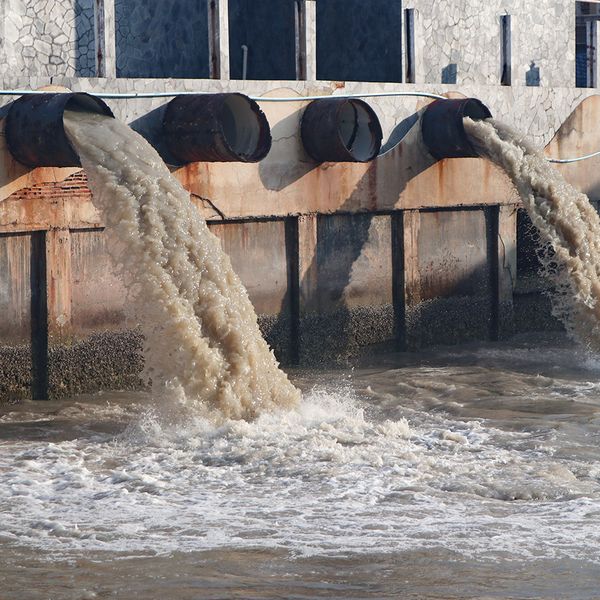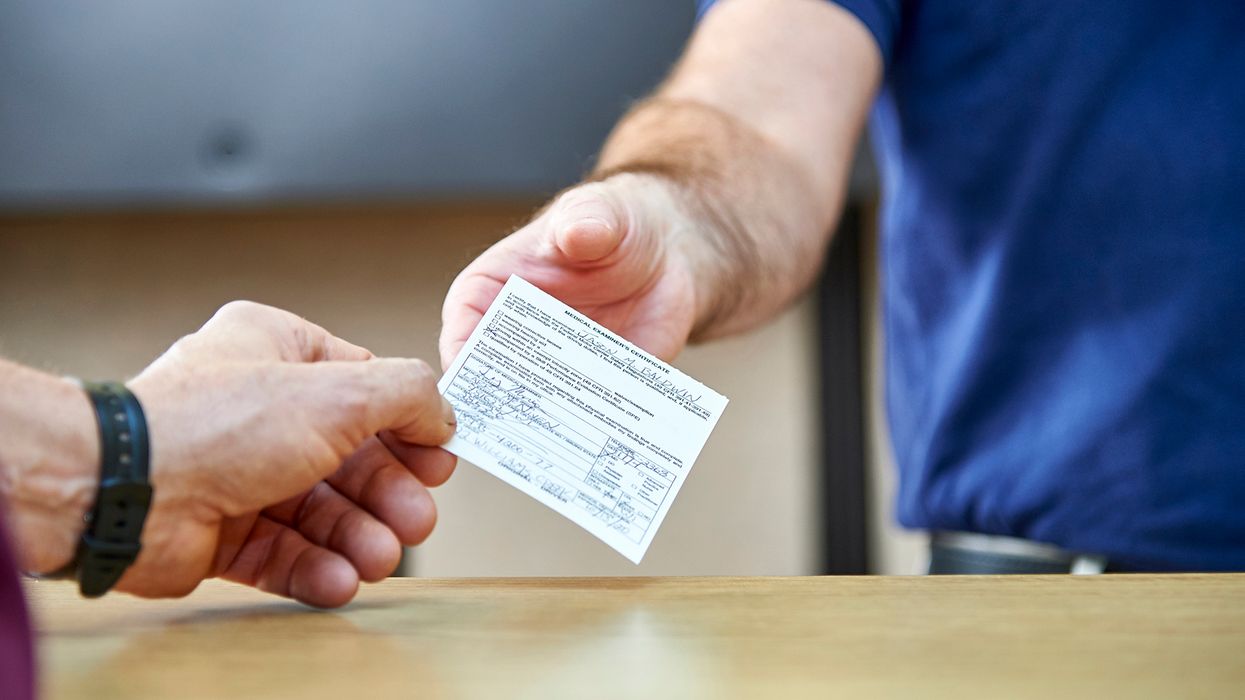Characteristic hazardous wastes: When actions speak louder than lists
“Actions speak louder than words.” You can apply this expression to hazardous waste with a minor revision: “Actions speak louder than lists.” Even if a solid waste isn’t on any of the Environmental Protection Agency’s (EPA’s) hazardous waste lists, it may still be considered hazardous based on how it acts.
The Resource Conservation and Recovery Act (RCRA) requires all businesses to determine whether the waste generated is hazardous. If it’s a hazardous waste, it’s subject to the RCRA Subtitle C hazardous waste management regulations.
A waste is hazardous if:
- It appears on any of the four lists at 40 CFR Part 261 Subpart D (called a listed waste),
- It exhibits one or more of four hazardous characteristics (called a characteristic waste), or
- It's both a listed and characteristic waste.
Whether or not it’s a listed waste, you must determine if each waste you produce is a characteristic waste.
Characteristic hazardous wastes
Let’s take a closer look at each of the four hazardous waste characteristics.
1. Ignitability
Ignitable wastes are easily combustible or flammable. They include:
- Liquids with flash points below 60 degrees Celsius;
- Non-liquids that can cause fire under standard temperature and pressure through friction, absorption of moisture, or spontaneous chemical changes;
- Ignitable compressed gases; and
- Oxidizers.
Common ignitable wastes are paints and degreasers.
2. Corrosivity
Corrosive wastes dissolve metals and other materials. Such wastes include:
- Aqueous wastes with a pH of:
- Less than or equal to 2, or
- Equal to or greater than 12.5.
- Liquid wastes that corrode steel under certain conditions.
Examples are rust removers, certain cleaning fluids, and battery acid.
3. Reactivity
Reactive wastes are unstable wastes that can react rapidly and/or violently when mixed with other materials. These include:
- Wastes that are normally unstable and can easily undergo violent changes without detonating;
- Wastes that react violently with water;
- Wastes that form potentially explosive mixtures with water;
- Wastes that give off dangerous amounts of toxic gases, vapors, or fumes when:
- They’re mixed with water, or
- They contain cyanide or sulfide and are exposed to pH conditions between 2 and 12.5.
- Wastes that can detonate or have an explosive decomposition or reaction at standard temperature and pressure;
- Wastes that can detonate or have an explosive reaction when subject to a strong initiating source or heated under confinement; and
- Wastes considered forbidden explosives or Division 1.1, 1.2, or 1.3 explosives (per Part 173).
Bleach, peroxide, and lithium-sulfur batteries are considered reactive.
4. Toxicity
Toxic wastes have contaminants that are harmful or fatal through ingestion or skin contact. Improper disposal of toxic wastes can pollute groundwater.
Wastes with any of the contaminants in concentrations at or above the regulatory level specified in the regulations (261.24) are designated as toxic.
Cadmium, lead, and mercury are examples.
Is it a characteristic waste?
The RCRA hazardous waste identification process requires you to determine whether a waste is listed and if it has any hazardous characteristics. That means that regardless of whether the waste is listed, you must determine if the waste has one or more hazardous characteristics.
You may determine if a waste has any hazardous characteristics by:
- Applying acceptable knowledge defined at 262.11(d)(1), and/or
- Testing the waste via approved methods (required when you can’t make a determination based on the available information).
Characteristic hazardous wastes comparison table
Use the RCRA Characteristic Hazardous Wastes table as a helpful reference when determining whether a waste has hazardous characteristics.
| RCRA Characteristic Hazardous Wastes | ||||
|---|---|---|---|---|
| Ignitable waste | Corrosive waste | Reactive waste | Toxic waste | |
| Description | Easily catches fire and sustains combustion | Readily dissolves metal and other materials | Quickly reacts violently or explodes | Excessively leaches dangerous contaminants |
| EPA Hazardous Waste Number(s) | D001 | D002 | D003 | D004–D043* |
| Approved SW-846 Test Methods |
|
|
|
|
| Regulation (40 CFR Part 261) | 261.21 | 261.22 | 261.23 | 261.24 |
| * “Table 1 — Maximum Concentration of Contaminants for the Toxicity Characteristic” at 261.24 lists the EPA Hazardous Waste Number for each contaminant. | ||||
Consider these RCRA reminders when designating waste:
- Designate solid waste (defined at 261.2) at the point it’s generated before diluting, mixing, or otherwise altering it.
- Use all relevant EPA Hazardous Waste Numbers for compliance with applicable RCRA notification, recordkeeping, and reporting requirements.
- Evaluate every waste for hazardous characteristics, even for listed wastes.
All nonexempt characteristic hazardous waste that your facility generates is subject to RCRA’s Subtitle C hazardous waste management requirements.
Key to remember: Wastes that exhibit any of the four hazardous characteristics (ignitability, corrosivity, reactivity, and toxicity) are subject to RCRA Subtitle C regulations.
















































